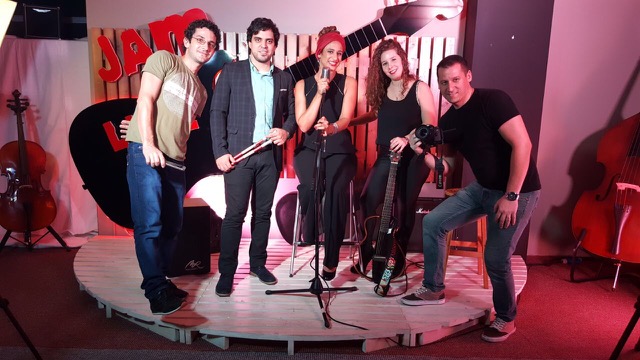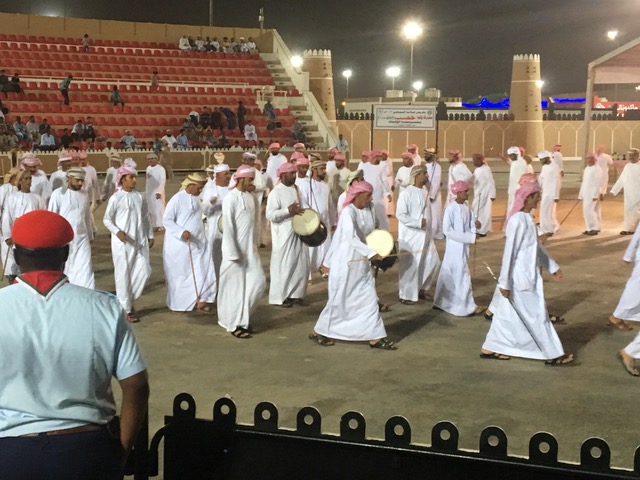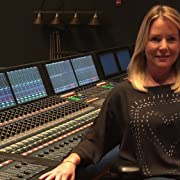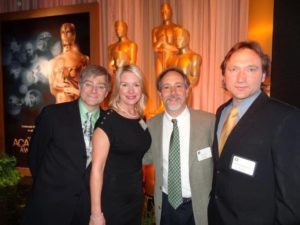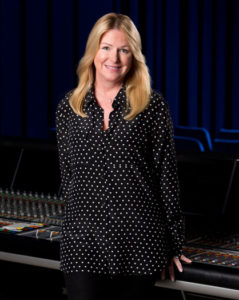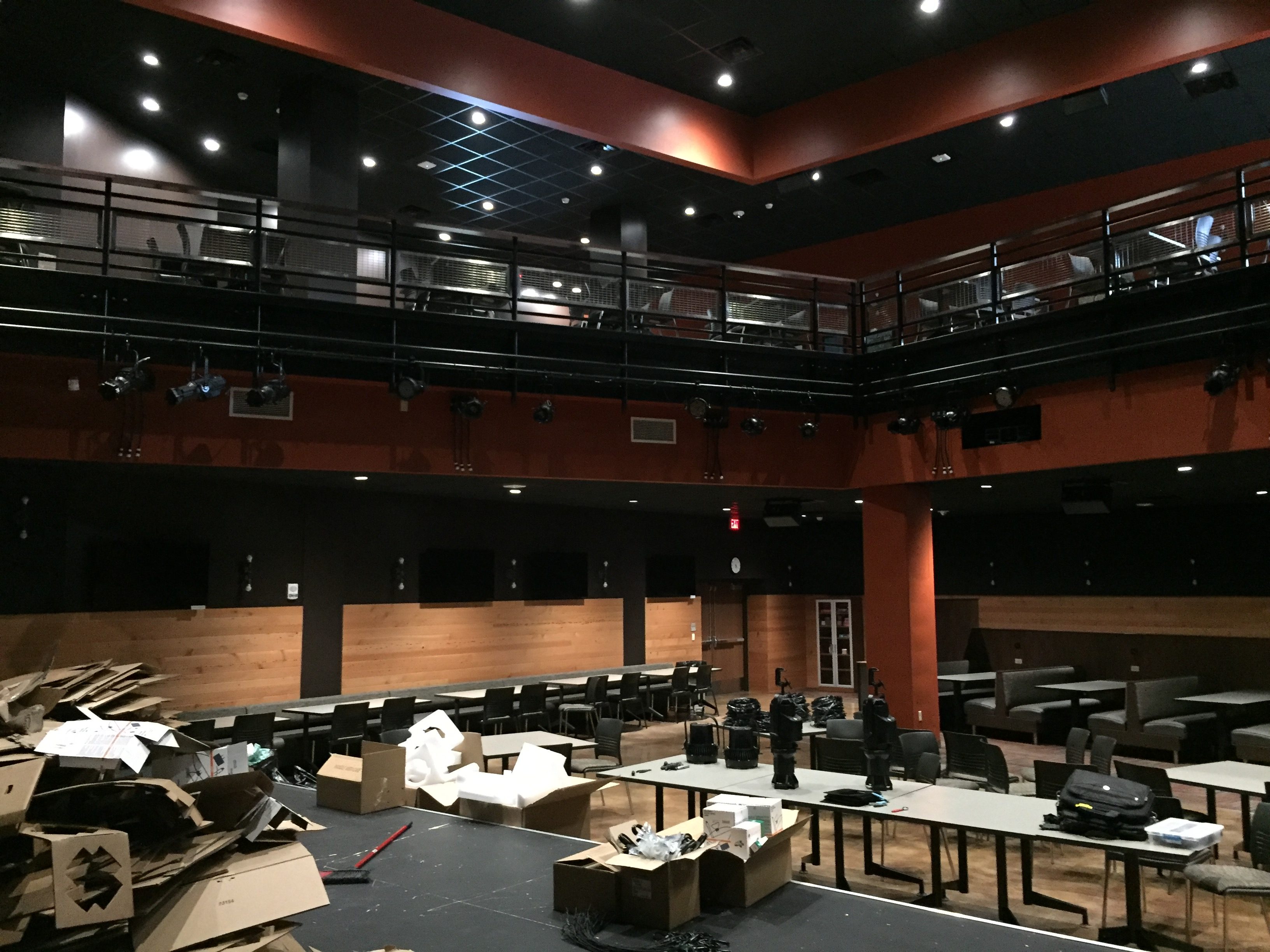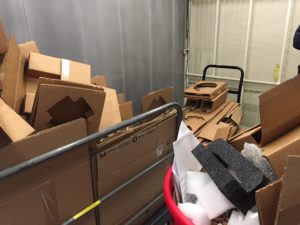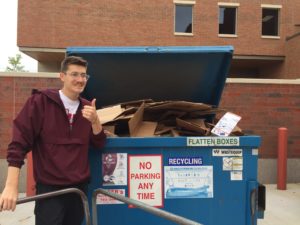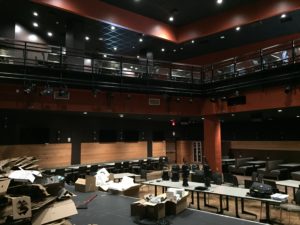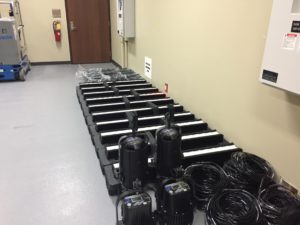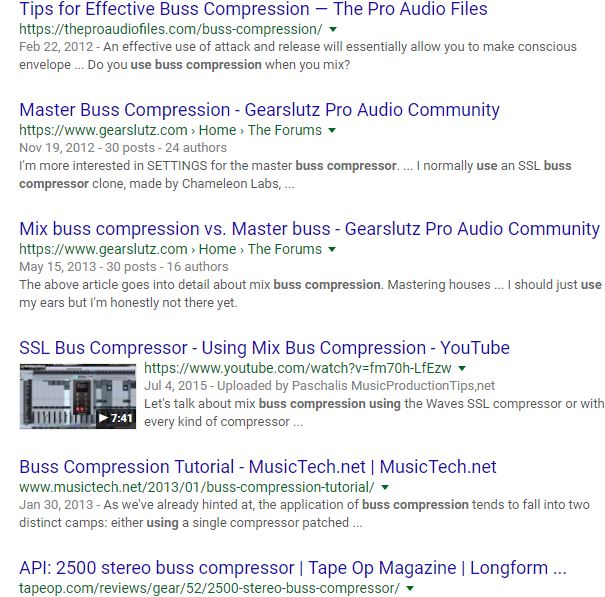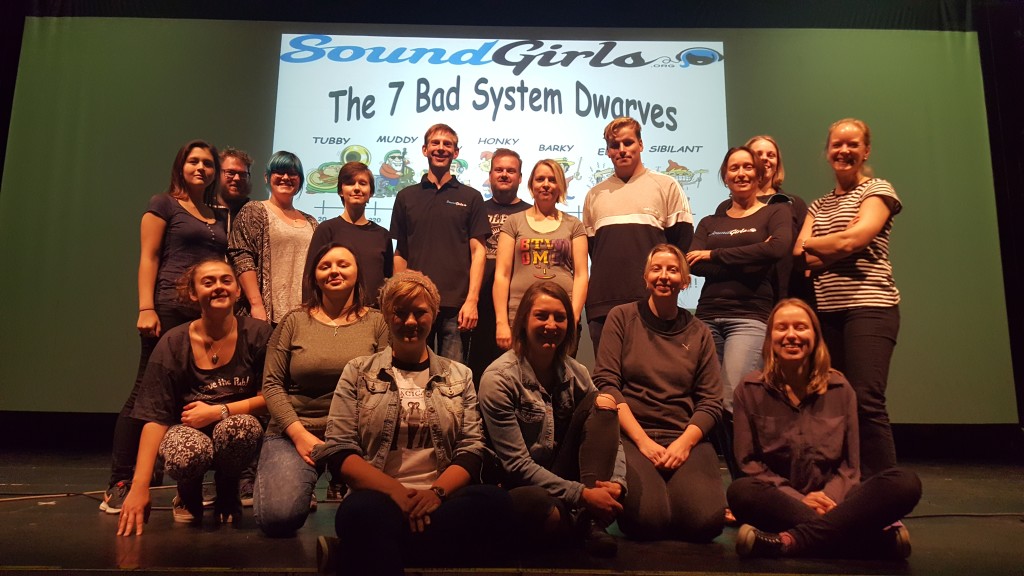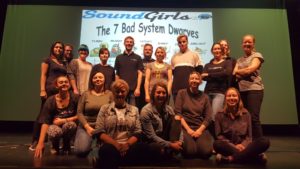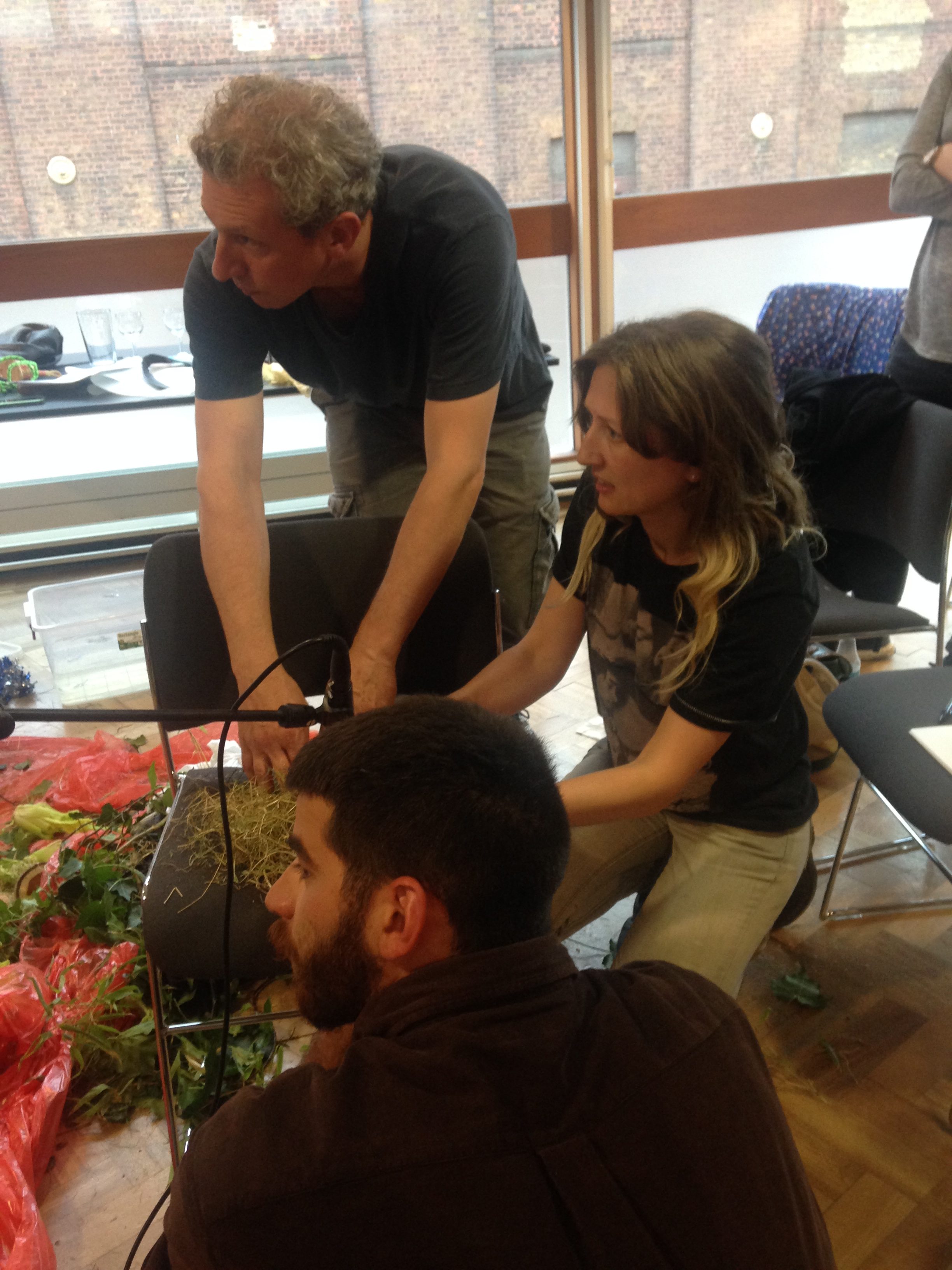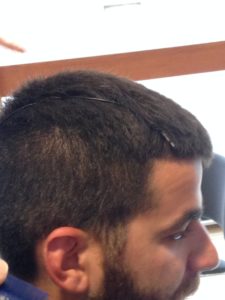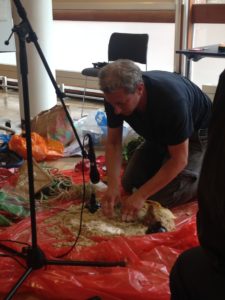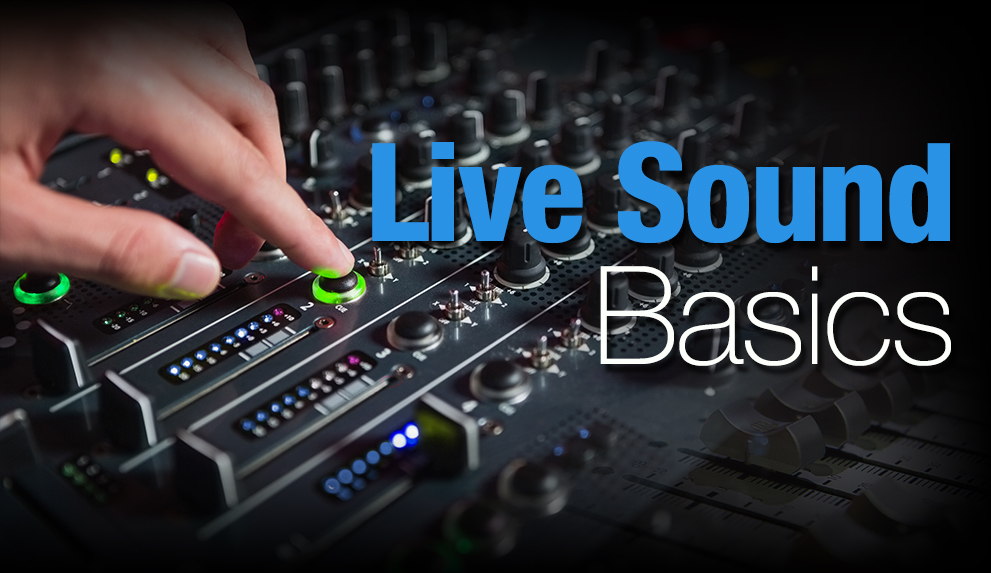
Fundamentals of Live Sound 101
SoundGirls.Org Presents The Fundamentals of Live Sound 101
Six Classes at The Ventura Theater
- Ventura Theater
- 26 Chestnut St.
- Ventura, CA 93001
- Dates: 10/1, 10/15, 10/29, 11/12, 12/3, 12/17
- 10:00 am to 4:00 PM
- Cost $300
- Financial Aid is Available
- Register Here
SoundGirls.Org Fundamentals of Live Sound is a six class workshop for teens and adults (16+ all genders and non-conforming genders welcome) who want to learn about live music production. The curriculum was designed by industry veteran Fedj Sylvanus and teaches the basics for working in live sound. Working in small, collaborative and hands-on groups, the attendees learn:
- Live Event Safety
- Stage and Audio Terminology
- Signal Flow, Setup and Wire PA Systems
- Input lists, Stage Plots
- Microphones, Wiring Stages
- Line Check, Sound Check, Mixing
- The Business Side
- Setting up and Mixing a Band.
October 1 – Live Sound Fundamentals
- Careers and Potentials
- The Basics
- Signal Path
- Tools – Just the Basics
- Basics of electricity – sine wave, AD & DC voltage, etc.
- How a Speakers work
- How Microphones work
- How Mixing Boards work
- Acoustics
- Hands On: Mixing Tracks
October 15 – Stage Fundamentals
- Patch Person: The most important job
- Stage plot, Input list, Tech Riders, Daily timeline schedule,”
- How to wire a stage properly
- Cabling: audio power, backline power, mics, lighting, video, coms
- “Cable wrapping party!!”
- How to lift & move gear properly
- GAIN STRUCTURE.
- Hands on mixing tracks
October 29 FOH Fundamentals
- Small PA to Large PA components
- Small consoles to Large consoles
- The importance of FLAT
- Tuning the PA & Reference tools
- Problems faced by FOH Engineers
- Fundamentals of a Crew
- The Crew and “Teamwork;” Making a good first impression, How to talk to the PM/ Steward/ Chief, How to talk to talent, etc.
- What time are doors? The importance of staying on schedule and being organized
- Ego – Why there is no room for ego behind the console or backstage
- Hearing Protection and Why it is important
- Hands On – Setting up a sound system from start to finish
November 12 Fundamentals of Monitors
- Review the first three classes and Q&A
- Monitors:
- wedges vs in ears.
- feedback and what happens to the performers hearing once exposed to it.
- gain structure and the mic pre.
- EQ, Graphic and Parametric, how and when to apply each.
- Common problems faced by monitor engineers
- Hands on with wedges and mics.
December 3 Fundamentals of Business and FX/Processing
- How the ear works – and why we need to protect our hearing
- How to advance a show
- How to get paid
- Freelance or Employee
- Rules no one tells you about
- What to do when nothing works – Troubleshooting
- FX and Processing Fundamentals
December 17th The “Fun” of Working a Show
- Review – Q&A
- Students will set up – tear down a system and work with a band
* Syllabus is subject to change – due to time constraints.
* Dates and Times are subject to change due to this being a working venue. We currently do not forsee any changes and we will keep all particpants updated.
 About the instructor: Fedj Sylvanus is an old road dog from the way back machine. Fedj got his start in the Los Angeles punk rock scene, working with Fishbone and The Red Hot Chili Peppers and moving on to the likes of Aretha Franklin, Patti LaBelle, George Benson, just to name a few. When not on tour he worked almost every club in town to pay the rent, House Of Blues, The Roxy, The Whiskey, The Key club, etc. and has an extensive knowledge of all things technical.
About the instructor: Fedj Sylvanus is an old road dog from the way back machine. Fedj got his start in the Los Angeles punk rock scene, working with Fishbone and The Red Hot Chili Peppers and moving on to the likes of Aretha Franklin, Patti LaBelle, George Benson, just to name a few. When not on tour he worked almost every club in town to pay the rent, House Of Blues, The Roxy, The Whiskey, The Key club, etc. and has an extensive knowledge of all things technical.
Fedj has a love for sharing his knowledge through teaching and spent years teaching Live Audio at the Musicians Institute in Hollywood. This series is a modified version of the program he taught at Musicians Institute.


